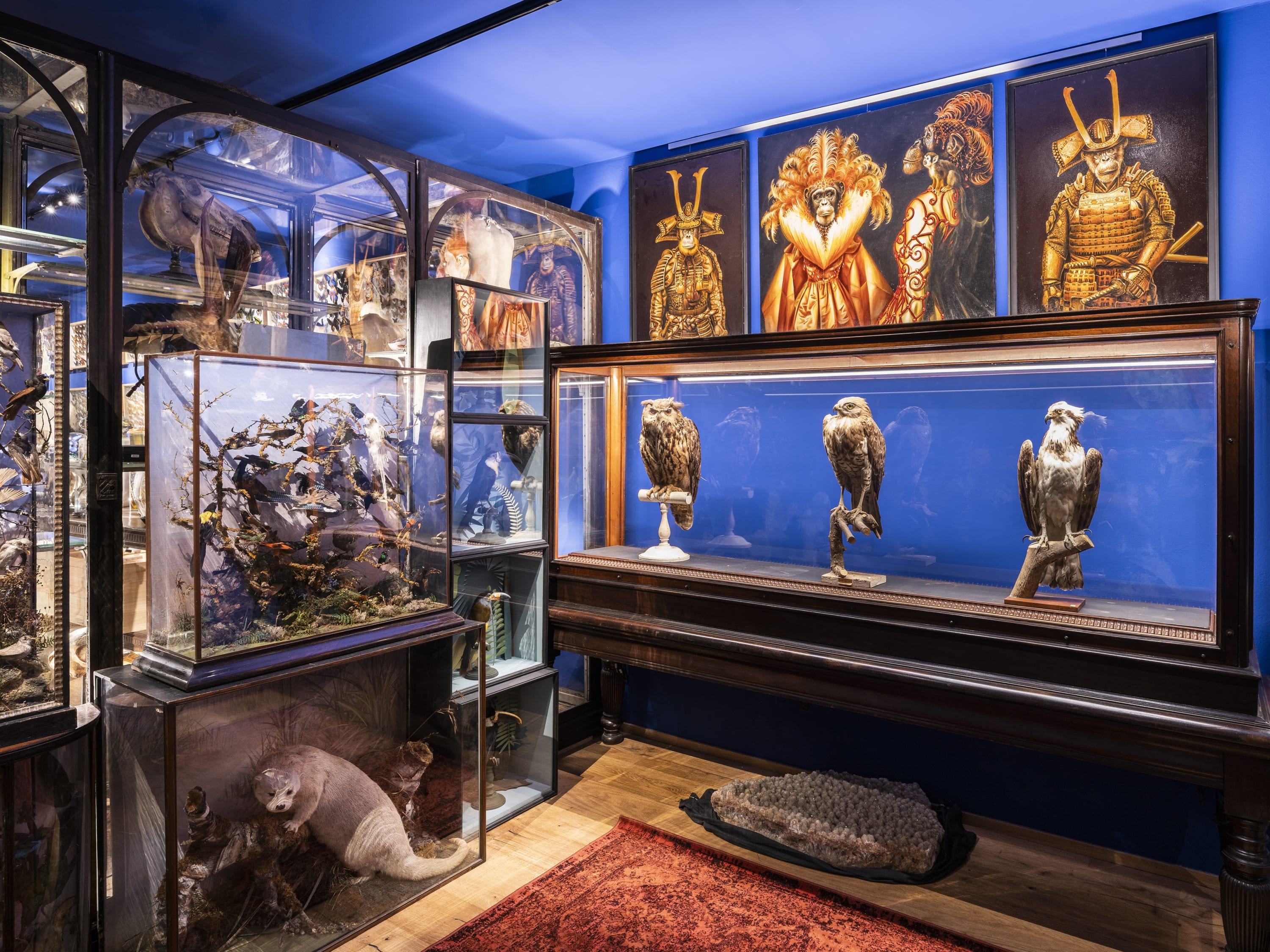-

-

-
De gevarieerde opstelling in wetenschappelijke academiekasten gaat een dialoog aan met de netjes geplaatste objecten en verschillende sfeervolle achtergrondkleuren, wat resulteert in een eclectisch feest. -
Deze buitengewone collectie neemt toeschouwers mee op een multidimensionale reis, waarbij ze worden ondergedompeld in de wereld van antropologie en geschiedenis, met natuurlijke historie, etnografie, schilderijen, beeldhouwwerken, architectonische artefacten en unieke decoratieve objecten.
-
-
 IF YOU HAVE AN OPEN MIND TO WHAT YOU LIKE, YOU ARE WELCOME BY APPOINTMENT TO FIND THE TREASURE YOU HAVE LONG BEEN SEARCHING FOR.
IF YOU HAVE AN OPEN MIND TO WHAT YOU LIKE, YOU ARE WELCOME BY APPOINTMENT TO FIND THE TREASURE YOU HAVE LONG BEEN SEARCHING FOR.



